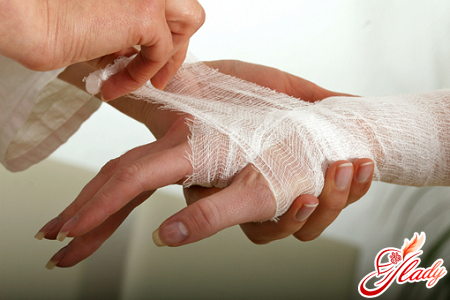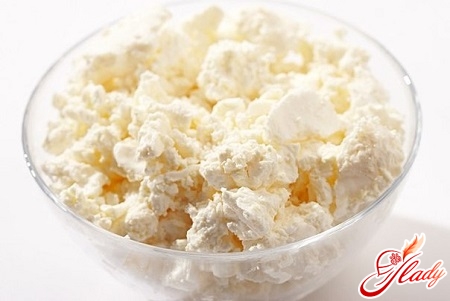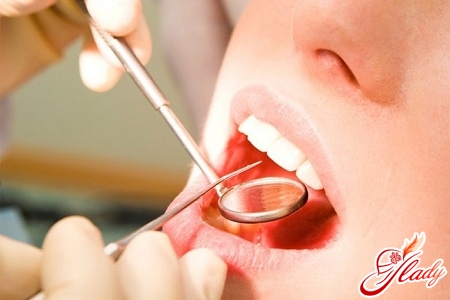 A furuncle is a rather unpleasant phenomenon.and, alas, familiar to almost every person who has encountered it at least once in their life. And many people try to cure a boil on their own, instead of going to the doctor. No time, no opportunity, the left heel is itchy - you will hear all sorts of excuses. Obviously, the reason for this is a dislike for doctors. But a boil is not an acne that you can squeeze out and forget about in five minutes. A boil is an abscess with purulent contents, a strong inflammatory process. In especially severe cases, a person develops general weakness, headache and an increase in body temperature, sometimes to very significant numbers. And for full treatment in most cases, you cannot do without antibiotics, unfortunately. Probably, it is no secret to anyone that any pharmacological drugs, and especially antibiotics, should be prescribed by a doctor. After all, only a doctor can adequately assess the course of the disease, the general condition of the body, take into account contraindications and possible side effects. If you try to do this yourself, there is a very high probability of complications. Moreover, complications can be caused not only by improper treatment, but also by its complete absence. And complications can be very different, up to blood poisoning. So is it worth risking your health, and sometimes even your life, because of a banal boil? After all, a doctor will help get rid of it in the shortest possible time and with the least losses. Well, if you have firmly decided to resort to the help of traditional medicine, then at least use it as a makeshift remedy, but in no case as an alternative to traditional medicine. Otherwise, all responsibility for your health falls solely on you.
A furuncle is a rather unpleasant phenomenon.and, alas, familiar to almost every person who has encountered it at least once in their life. And many people try to cure a boil on their own, instead of going to the doctor. No time, no opportunity, the left heel is itchy - you will hear all sorts of excuses. Obviously, the reason for this is a dislike for doctors. But a boil is not an acne that you can squeeze out and forget about in five minutes. A boil is an abscess with purulent contents, a strong inflammatory process. In especially severe cases, a person develops general weakness, headache and an increase in body temperature, sometimes to very significant numbers. And for full treatment in most cases, you cannot do without antibiotics, unfortunately. Probably, it is no secret to anyone that any pharmacological drugs, and especially antibiotics, should be prescribed by a doctor. After all, only a doctor can adequately assess the course of the disease, the general condition of the body, take into account contraindications and possible side effects. If you try to do this yourself, there is a very high probability of complications. Moreover, complications can be caused not only by improper treatment, but also by its complete absence. And complications can be very different, up to blood poisoning. So is it worth risking your health, and sometimes even your life, because of a banal boil? After all, a doctor will help get rid of it in the shortest possible time and with the least losses. Well, if you have firmly decided to resort to the help of traditional medicine, then at least use it as a makeshift remedy, but in no case as an alternative to traditional medicine. Otherwise, all responsibility for your health falls solely on you.
Treatment of boils with needles
Everyone loves the smell of a pine forest.exceptions. But not everyone knows that pine needles have a lot of healing properties, because they contain essential oils, tannins, and vitamins. Even a regular bath with pine needles can give you vitality and mobilize the body's internal resources.
- Coniferous compresses
If the boil has just begun to ripen, you cantry to get by with simple compresses with pine needles. To prepare the infusion, it is best to use fresh pine needles, just picked from the tree. Chop the needles, place three tablespoons in a thermos and pour half a glass of boiling water. Close the thermos with a lid, of course, and leave to brew for 24 hours. If you are preparing the infusion for future use, pour it into a glass or plastic container and store only in the refrigerator. Please note - the compress can only be made with a cool infusion, since high temperatures can significantly worsen the situation. Soak a small gauze napkin folded in several layers in the pine infusion, apply it to the boil, and cover with plastic wrap on top. The compress should remain on the boil for at least five hours, so it is best to fix it with an adhesive bandage. And the compress itself is preferable to do at night.
- Coniferous ointment
If the boil is already quite large, and alsohurts a lot, it is better to use pine ointment. To prepare it, you will need three tablespoons of crushed pine needles and two tablespoons of natural honey. Melt the honey in a water bath and bring to a boil, then pour in the pine needles. Boil the honey, stirring constantly, for 20 minutes. Immediately, while the honey is still warm, transfer the ointment to a glass jar with a wide neck and close the lid. The treatment is carried out as follows: apply a thick layer of ointment to the boil, cover it with gauze on top and leave for 15 minutes, then be sure to rinse with water. Do this procedure at least once a day and on about the fifth day the ointment will draw out the pus.
Other methods of treatment of boils
And finally, we offer you a few more truly effective ways to get rid of boils.
- Therapeutic dough
Another good remedy for boils isspecially prepared dough. For it you will need one egg yolk, one spoon of butter, premium wheat flour and clean boiled cold water. Knead the most ordinary dough, only as steep as possible. Form a flat cake of the appropriate size from the dough - it should cover the entire boil, apply it to the sore spot and fix it with either a bandage or adhesive tape. Store the remaining dough in the refrigerator, since you will have to change the bandage two or three times a day. In about three days, the abscess should burst. After this, the wound must be treated, and the dough cannot be applied after that.
- Laundry soap
Buy the most ordinary Soviet thing in the storesoap, grate it on a fine grater and pour it into a small enamel container. Pour one glass of water, bring to a boil and reduce the heat. Cook the soap until almost all the water has boiled away - eventually a viscous mass should remain at the bottom of the pan. When the soap decoction has cooled, apply it to the boil and cover first with gauze, then with plastic wrap, secure with adhesive tape. This bandage must be changed every four hours. The abscess will burst in about two days - after this, soap compresses cannot be used. And remember - no matter what treatment method you choose, carefully monitor the condition of the boil. If there is no improvement within two or three days, do not continue to play with fire - go to the doctor immediately. We advise you to read:









